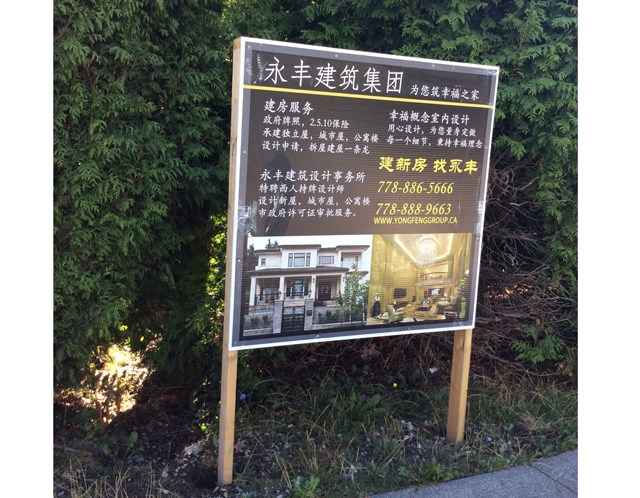Dear Editor,
Perhaps it would help us clarify some of the issues that are at play in the debate over Chinese-only signage if we looked at the situation through the eyes of anthropologists – the people who arguably understand the workings of societies and cultures better than anyone else.
For example: Renowned anthropologist Edward T. Hall offers that cultures are a complex of related or interrelating systems, and language or languages are among the systems that are used to foster or reinforce the culture’s core identity and meaning – the key terms here being related and interrelated.
If there are a diversity of systems (different languages), it is to the culture’s benefit to ensure that each, in some way and to some degree, is “reflected” in the others – one of the undergirding principles, it could be argued, of an integrated multicultural society such as ours.
Simply put: Signage that carries two or more commonly used languages (Chinese and English and/or French) fosters and encourages greater relationships between and integration of diverse parts of the general culture, but Chinese-only signage does not.
When Chinese and English are set beside each other, they, by way of offering common information, are thereby “reflected” in each other, and this is a core issue for those of us who view Chinese-only signage as a contradiction of the principles outlined in Canada’s official policy for building a multi-cultural society.
Hall would argue that if there is no “reflection” there will be no relationship, and if there is no relationship, there will be no integration.
Ray Arnold
Richmond



